February Saints
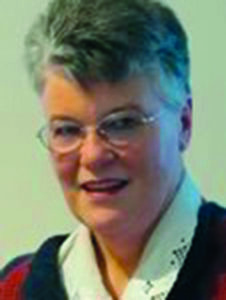
by Kilian de Lacy
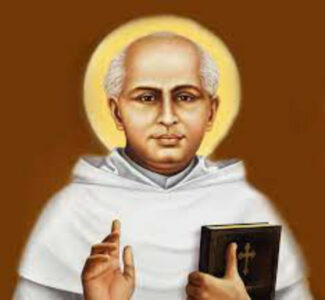 St Kuriakose Elias Chavara
St Kuriakose Elias Chavara
(1805-1871)
Kuriakose Chavara was born in Kainakary, Kerala, India, and was baptised soon after. He was dedicated to the Blessed Virgin Mary.
After attending the village school, he entered the seminary in 1818 at Pallipuram and was ordained a priest in 1829.
His special intention during his first Mass was realised when he and two others united to lead a monastic life and started a community, Servants of Mary Immaculate, the foundation for the first monastery at Mannanam being laid in 1831. In1855, Kuriakose and ten other priests took vows in the Carmelite tradition, and he was nominated as the Prior General. The congregation became affiliated as a Third Order institute of the Order of Discalced Carmelites.
Kuriakose Chavara started an institution for Sanskrit studies at Mannanam in 1846. After establishing this, he took the initiative to start a school in a nearby village. While the work on the Mannanam School began, a place on the Arpookara Thuruthumali hill was located to build a Chapel and school for the converts from the Pulaya caste. Kuriakose was the first Indian who not only dared to admit the untouchables to schools but also to provide them with Sanskrit education, which was forbidden to the lower castes.
He introduced retreat preaching for the laity for the first time in the Kerala Church and popularised devotions and pious exercises such as the Rosary, Way of the Cross and Eucharistic Adoration.
In 1866, Kuriakose founded the first Carmelite convent for women at Koonamavu under the name 'Third Order of Carmelites Discalced.' Interestingly, his role as founder is not now upheld by the Order.
Kuriakose Elias Chavara died on 3 January 1871, aged 66, at Koonammavu. He was buried in St.Philomena's Forane Church, Koonammavu. His body was later moved to St. Joseph's Monastery Church in Mannanam. His memorial is celebrated on 3 January in the Syro-Malabar liturgical calendar, whereas he is celebrated on 18 February in the Roman Liturgical Calendar of the Latin Rite.
The following were the last words of the saint: “Why are you sad? All God’s people must die some day. My hour has come. By the grace of God, I prepared myself for it long since.”
Saint Kuriakose, obtain for us the courage to share our faith with others.
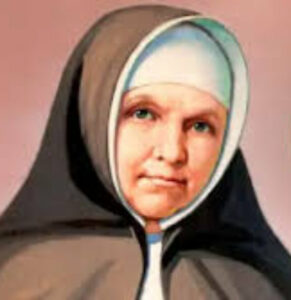 St Maria Katharina Kasper
St Maria Katharina Kasper
(1820-1898)
Maria Katharina Kasper was born in Dernbach, Germany. As a child, she liked to read the Bible and The Imitation of Christ. An extrovert, she was known for her strong sense of moral character. Though frail in health, she attended school in her hometown and helped in her parents' potato patch. She often travelled to a Marian shrine with other children. As a little girl, she had a strong urge to join religious life so as to consecrate herself to the Lord, her vision of a vocation growing clearer as she worked.
Following the death of her father and brother, Maria and her mother were forced to leave their home. They rented a room and she wove fabric for a meagre income. On her mother’s death, she was free to pursue her call to the religious life, preferably as a professed religious, difficult because of the disestablishment of religious orders at the time. She built her own house in Dernbach, where she was joined by some local girls.
The activities of her group did not go unseen, particularly as their activities grew. They came to the attention of, and received encouragement from, the local mayor, priests from neighbouring areas, and Bishop Blum of Limburg. In time, some of the girls from the village moved into Maria's house, with women from other villages. They were now in need of larger premises. The group became an association dedicated to entering organised religious life and formed the basis for the future religious congregation.
In 1851, the Poor Handmaids of Jesus Christ were established and Maria and the other women were professed as religious. The congregation spread at a rapid pace and Maria visited the various homes that developed to see how each functioned and how each was performing its mission; the congregation soon spread to other countries, including the United States. Maria served five consecutive terms as the order's Superior General. In 1854 the order opened its first school. The order received formal papal approval in 1890.
Maria Kasper suffered a heart attack in 1898 and died in the Dernbach motherhouse.
Saint Maria, help us to discern God’s mission for us.
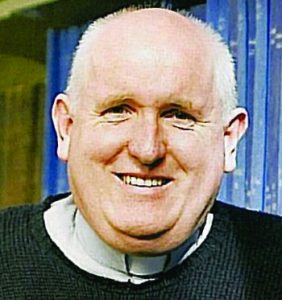
by Fr Merv Duffy SM
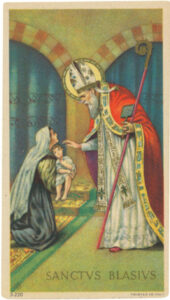 St Blaise
St Blaise
+ 316 AD
“Through the intercession of Saint Blaise, bishop and martyr, may God free you from illness of the throat and from any other sort of ill. In the name of the Father and of the Son and of the Holy Spirit. Amen.”
Blessing of the Throat
That is the prayer I found myself saying over and over on February 3rd when I was studying in Rome.
I had been concelebrating mass in the church looked after by the Marist community of Via Cernaia. After the mass, most of the congregation had stayed to receive the special blessing. I stood holding two crossed candles bound with a red thread. As each person stepped forward I put the candles (fortunately they were not lit) to their throat and said the above prayer in badly-pronounced Italian.
After that experience I used the library of the Gregorian University to try and find out something about this blessing and the saint involved.
Blaise is one of those saints whose cult and reputation is enormous but whose historical life is obscure. He was bishop of Sebastea in Armenia (now Sivas in Turkey) and was martyred in 316 AD during a persecution by Emperor Licinius.
A medical text from around 500 AD recommended invoking Saint Blaise to remove a bone which sticks in the throat.
A collection of legends about him, the Acts of St Blaise, from around 700 AD has details of him hiding from persecution and being cared for by wild beasts, of getting a wolf to return to a poor woman a pig it had carried off, and of an encounter with a woman whose son was choking on a fish-bone, until at a touch and word from Blaise he coughed it up. After his arrest the woman with the pig provided him with bread and a candle in his imprisonment. It also recounts his gruesome death; tortured with wool-carding combs before being beheaded.
These stories, being incorporated into the famous 13th-century collection called the Golden Legend ensured that Blaise was very popular in medieval times. He is in the list of the Fourteen Holy Helpers – a group of saints famous for responding to prayers for their intercession. Those involved in the wool trade choose him as their patron because of the carding combs involved with his death!
The blessing ceremony began in the 16th century. Candlemas, the Feast of the Presentation of the Lord, a day when the candles for use that year are blessed, is celebrated the day before the Feast of St Blaise, so there is a kind of holy logic in the use of candles to bless the day after they are blessed.
I spoke to a man of the parish about why he asked for the blessing and his response was: “Well, I don’t have a sore throat but there are a lot of them about and I thought it couldn’t hurt.”
In this time of pandemic, I have gained a better understanding of this desire for protection. So, my prayer is:
“Holy Blaise, protect your faithful from illness and help them to take all appropriate measures to keep themselves safe from COVID. Amen.”
 Entries(RSS)
Entries(RSS)